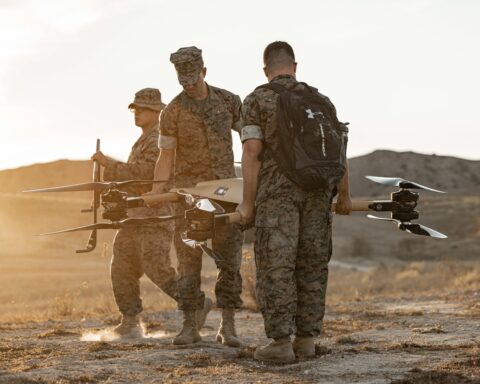
Marines Considering Autonomous Systems for Almost Everything, General Says
Marines are looking to push as many tasks as possible to autonomous systems as the service aims to operate across wide…
Copyright 2024 U.S. Naval Institute. All Rights Reserved.